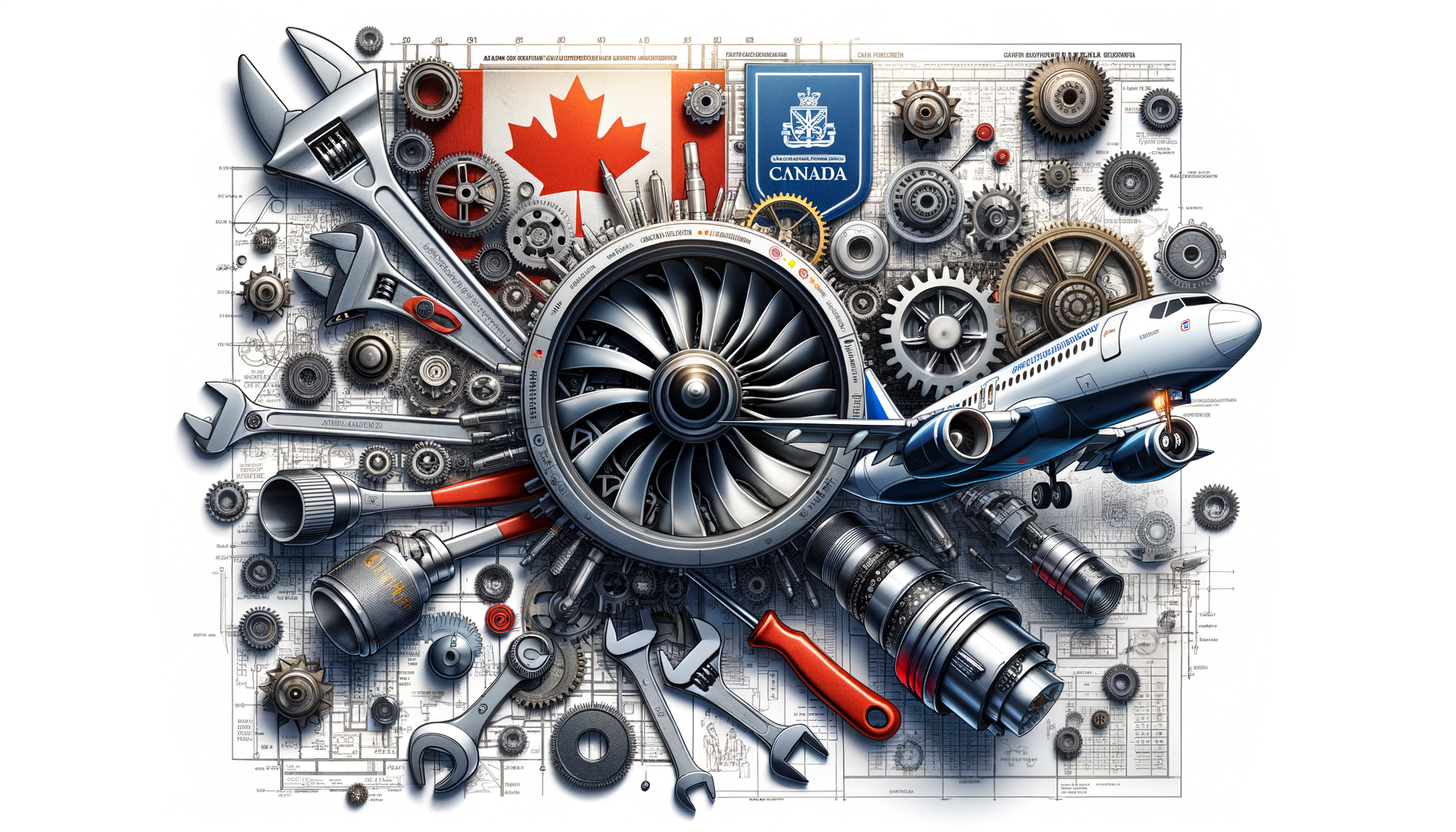
Launch Your Aviation Career: Mechanical Engineering Training in Canada
Introduction to Mechanical Engineering in Canada
The field of mechanical engineering is a cornerstone of technological advancement and innovation. In Canada, the demand for skilled engineers is on the rise, particularly in the aviation sector, which is a critical part of the country’s economy. As the industry expands, there is an increasing need for professionals who can design, analyze, and maintain complex mechanical systems. This article explores the journey to becoming a mechanical engineer in Canada, focusing on the aviation industry, and provides insights into the necessary training and career prospects.
Educational Pathways to Becoming an Engineer in Canada
To embark on a career as a mechanical engineer in Canada, one must first complete a bachelor’s degree in mechanical engineering or a related field from an accredited institution. Canadian universities offer a range of programs that provide foundational knowledge in mathematics, physics, and engineering principles. These programs also include practical training through lab work and internships, which are essential for gaining hands-on experience.
After obtaining a degree, aspiring engineers must become licensed by a provincial or territorial engineering association. This process typically involves completing a set period of supervised work experience, known as an internship or engineering-in-training (EIT) program, and passing a professional practice examination. Licensing ensures that engineers meet the high standards required to practice in Canada and are equipped to handle the responsibilities of the profession.
Mechanical Engineer Training: Skills and Competencies
Mechanical engineering training in Canada is designed to equip students with a diverse set of skills and competencies. Key areas of focus include:
- Thermodynamics and fluid mechanics, essential for understanding how machines and systems operate.
- Materials science, which helps engineers select appropriate materials for different applications.
- Computer-aided design (CAD) and computer-aided engineering (CAE) tools, which are crucial for modern engineering projects.
Additionally, soft skills such as problem-solving, teamwork, and communication are emphasized throughout the training process. Engineers must be able to work effectively in multidisciplinary teams and communicate complex technical information clearly to stakeholders.
The Path to Becoming a Mechanical Engineer in Aviation
The aviation sector presents unique opportunities and challenges for mechanical engineers. To specialize in this field, engineers may pursue additional training or certifications related to aerodynamics, propulsion systems, and aircraft structures. Many universities offer specialized courses or programs in aerospace engineering, which can provide a competitive edge in the job market.
Working in aviation requires a deep understanding of safety standards and regulations, as well as the ability to innovate and improve existing technologies. Engineers in this sector often collaborate with professionals from other disciplines, such as electrical and software engineering, to develop cutting-edge solutions for aircraft design and maintenance.
Conclusion: A Rewarding Career in Mechanical Engineering
Becoming a mechanical engineer in Canada, particularly in the aviation industry, offers a rewarding career path filled with opportunities for growth and innovation. The combination of rigorous training, practical experience, and continuous learning ensures that engineers are well-prepared to meet the demands of this dynamic field. As the aviation sector continues to evolve, mechanical engineers will play a crucial role in shaping the future of transportation and technology.
For those passionate about engineering and eager to contribute to the advancement of aviation, pursuing a career in this field is both a challenging and fulfilling endeavor.


